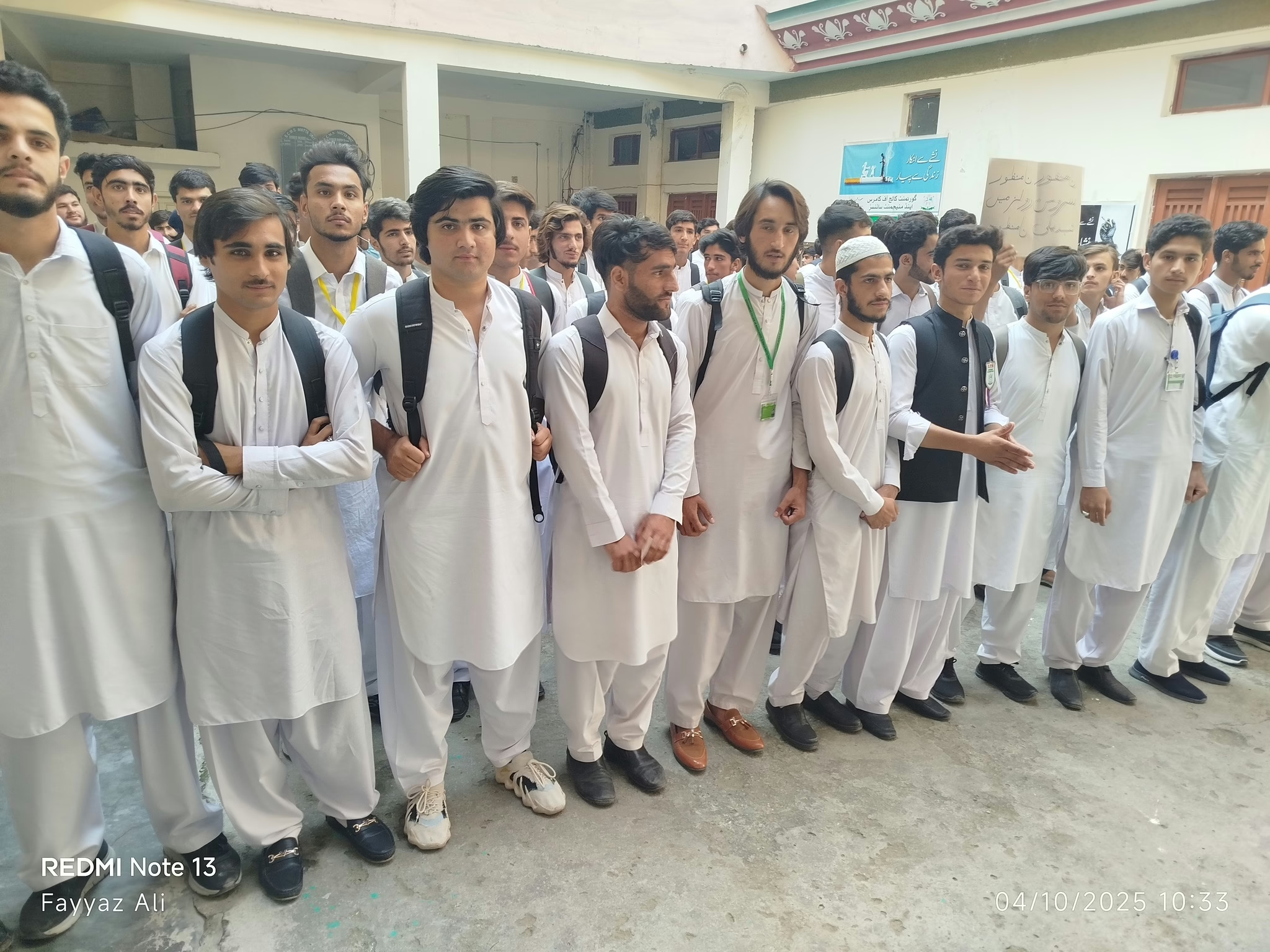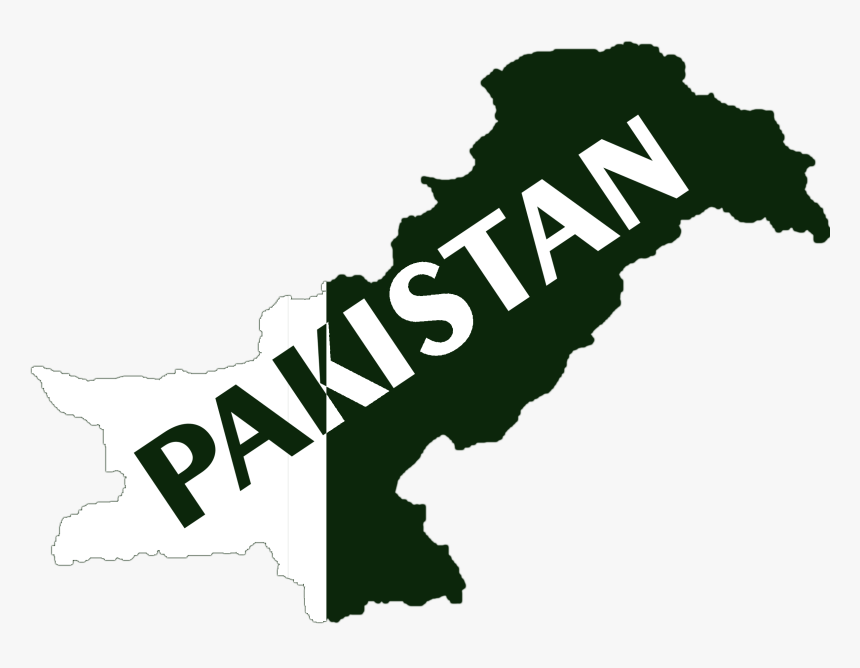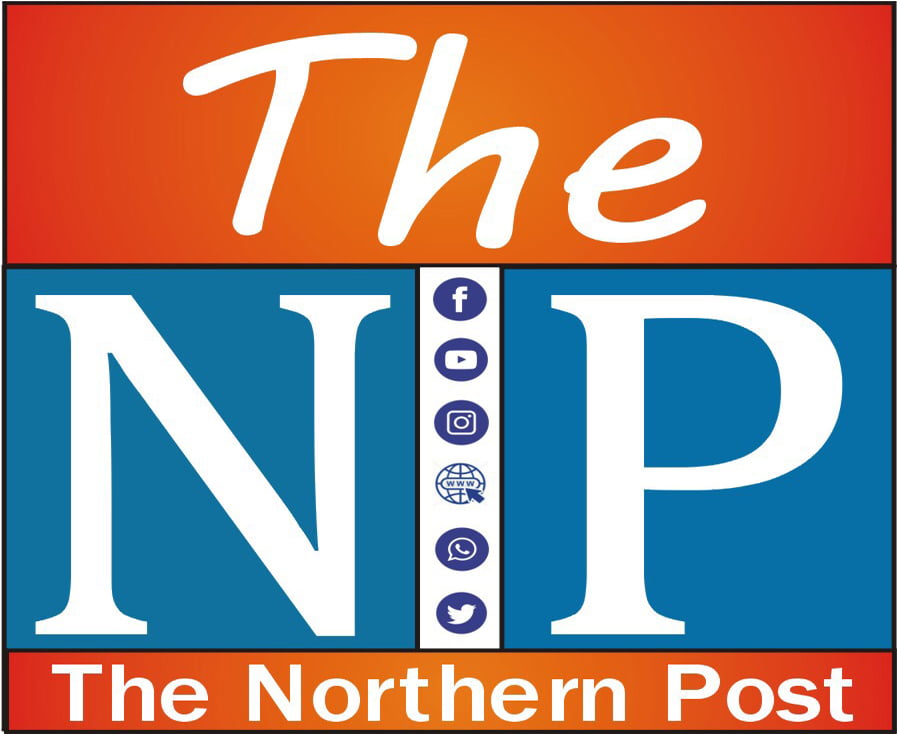
The recent move of the Khyber Pakhtunkhwa (KP) government to outsource some public colleges across the province has led to an intense debate. Students and teachers have taken to the streets, staging protests and refusing to take classes.
They argue that handing over public colleges to private or semi-private entities will not reform education but rather commercialise it. The government, on the other hand, insists that outsourcing will improve management and performance. This ongoing conflict reflects a larger question: should education in Pakistan be privatised or prioritised?
Privatisation of education means transferring the control, management, or funding of educational institutions from the public sector to private hands — individuals, companies, or NGOs. In simple words, it means allowing non-state actors to run schools and colleges that were once managed by the government. The idea is that private management will bring better efficiency, accountability, and innovation. However, in developing countries like Pakistan, such reforms often end up widening the gap between the rich and the poor instead of improving quality.
The main reason behind this move is the financial burden on the state. With limited budgets, an increasing population, and thousands of under-performing colleges, the government finds it easier to hand over institutions to private or semi-private partners. Officials argue that the public sector lacks resources and professional management, while private or NGO-based systems can bring new energy, discipline, and better results. However, this approach shows a deeper problem — education has never been treated as a top national priority. When states fail to invest in their own systems, they often turn to privatisation as a shortcut rather than reforming the roots of the problem.
Pakistan’s higher education system faces serious challenges. According to the Higher Education Commission (HEC), the gross enrolment ratio in higher education is below 10%, one of the lowest in South Asia.
This means only a small fraction of young Pakistanis make it to college or university. Gender disparity is another issue. Although female enrolment has improved in urban areas, rural girls remain far behind due to cultural barriers, poor infrastructure, and safety concerns. Funding is equally troubling. Pakistan spends less than 2% of its GDP on education, while most developed countries spend between 4% and 6%.
The budget for research and development (R&D) is also minimal — around 0.3% of GDP — leading to weak research output, low global rankings, and dependence on foreign ideas and technologies. In such conditions, expecting private institutions to fill the gap is unrealistic. They may run a few well-managed campuses, but the majority of students — especially those from middle or lower-income families — will be left behind.
If we look at the world’s best education systems, almost all are publicly funded and state-managed. Finland offers completely free education from preschool to university. There are no tuition fees, and even private schools follow the national curriculum under public funding.
Norway and Sweden also provide free higher education to all citizens and invest heavily in teachers’ training. Germany abolished university fees even for international students, believing that education is a public good, not a private service. These countries treat education as a social investment, not a market commodity. Their success shows that quality and equality come from prioritisation, not privatisation.
Privatising colleges in Pakistan could have several negative consequences. Once private actors control public colleges, fees and hidden costs often rise, pushing poor students out. Many teachers fear losing their jobs or facing contractual employment with lower pay and fewer rights. Private entities focus on revenue and reputation, not social responsibility. Education becomes a business, not a service. Private organisations also prefer urban areas where education is profitable, leaving rural regions neglected. Instead of strengthening government institutions, privatisation encourages dependency on private players and erodes public accountability.
The real problem is not who runs the schools, but how much priority the government gives to education. Pakistan needs to rebuild its education system from within. Education should get at least 4% of GDP, with special allocations for higher education, research, and teacher training. Instead of outsourcing, the government must invest in management reforms, technology, and infrastructure. A research culture should be promoted by encouraging collaboration between universities, industries, and international partners to build innovation capacity. Teachers should be empowered through better salaries, regular training, and job security to restore their dignity and motivation. Most importantly, the government must ensure that rural, low-income, and female students have equal access to quality education.
Privatisation may seem like a quick solution, but it risks turning education into a privilege for the few. Pakistan does not need to sell its colleges; it needs to strengthen them. The countries that lead the world in education have done so by prioritising public investment, not by outsourcing responsibility. In Pakistan’s case, the way forward is clear: reform, fund, and empower the public education system — because a nation that privatises learning, compromises its future, but a nation that prioritises it, secures it.





